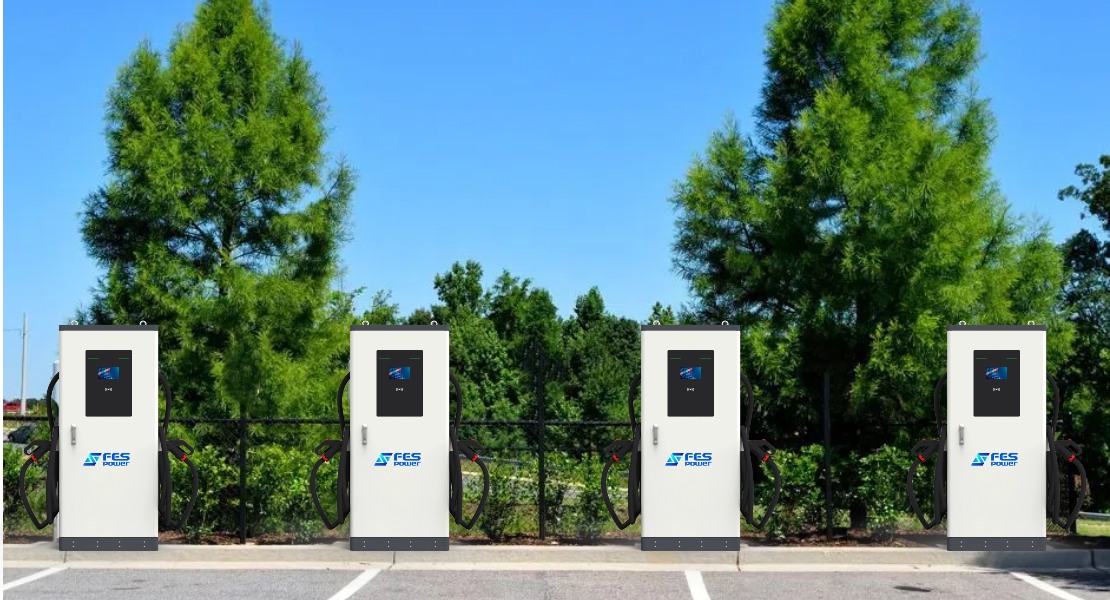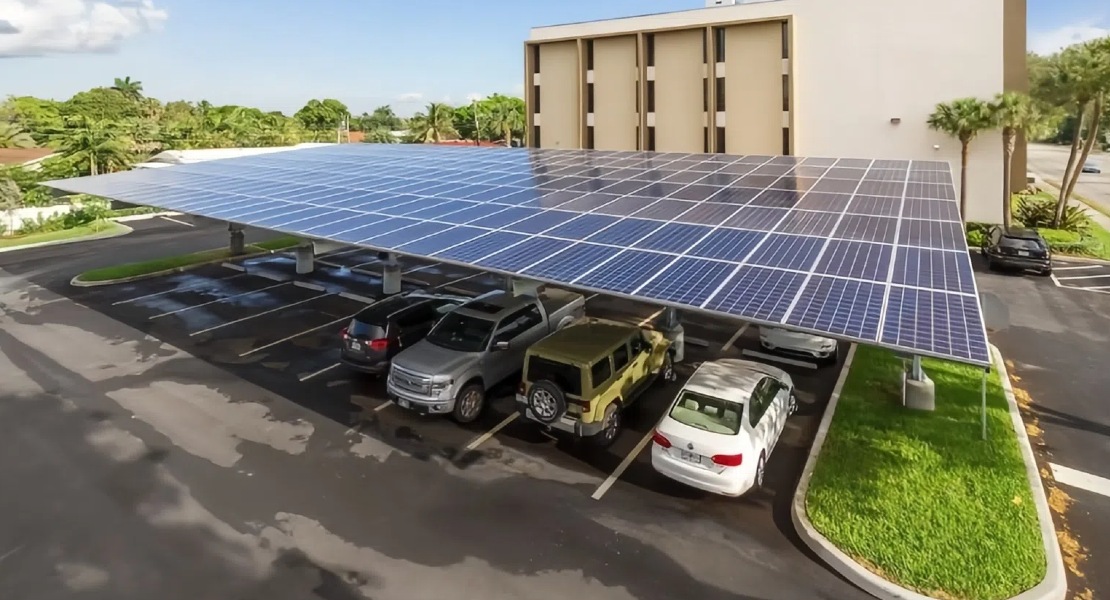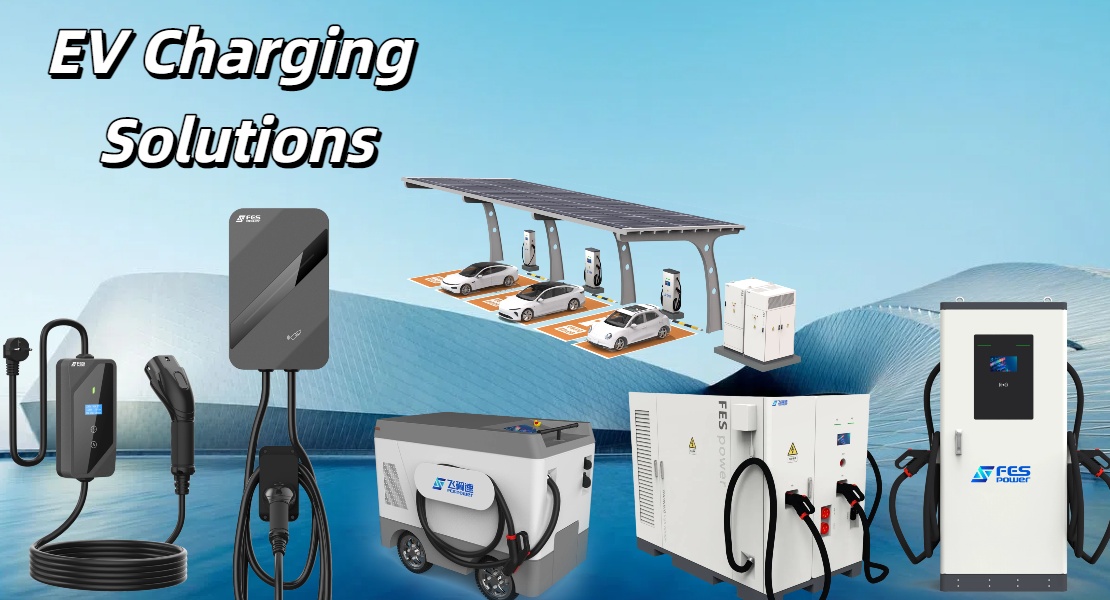With the rapid global electrification, enterprises are shifting from traditional to electric vehicle (EV) fleets. Yet, as fleet sizes grow, charging costs skyrocket and efficiency drops. Compounded by uneven charger distribution, low network coverage in certain areas, and compatibility issues, fleet operations face mounting pressure. The key lies in smart charging management—a software-hardware integrated energy optimization approach—to resolve charging complexities and drive cost savings and efficiency gains.

📑What Is Smart Charging? What Are Its Core Functions?
✅Definition: Beyond basic "EV charging", it enables low-cost, high-efficiency charging through dynamic power distribution, off-peak charging scheduling, and remote monitoring.
✅Core functions:
⭐️Load balancing: Distribute power based on real-time electricity usage to avoid skyrocketing costs during peak hours.
⭐️Off-peak charging: Use lower electricity rates at night to reduce total charging costs.
⭐️Priority scheduling: Prioritize charging for vehicles with next-day tasks to ensure uninterrupted operations.
⭐️Remote monitoring & analysis: Access real-time charging data (current, voltage, progress, etc.) via a platform, support energy consumption statistics and log queries, and assist in data-driven decisions.
❓In Which Dimensions Can Smart Charging Help Fleets Reduce Operating Costs?
⚙️Significantly cut electricity expenses
⭐️Dynamic tariff utilization: Align with off-peak hours (off-peak rates are 30%-50% lower than peak rates in regions like the Philippines, Southeast Asia, and Europe), saving 20%-30% on annual electricity costs. Example: A 50-vehicle logistics fleet (50kWh/vehicle/day) saves over \(15,000 annually (peak rate: \)0.15/kWh; off-peak rate: $0.08/kWh).
⭐️Avoid peak demand surcharges: Eliminate extra fees from exceeding electricity consumption thresholds (such fees account for 15%-20% of total electricity bills for unmanaged fleets).
🚗Improve vehicle utilization
⭐️Task-charging alignment: Prioritize charging for vehicles with early-morning or high-priority tasks to reduce "insufficient range affecting operations" and unplanned charging delays, increasing utilization by 10%-15% (per International Council on Clean Transportation data).
⭐️Predictive charging maintenance: Identify potential battery issues (e.g., abnormal charging speed, unstable voltage) via charging data to reduce maintenance downtime.
📉Lower infrastructure investment
⭐️Optimize charger-to-vehicle ratio: Break the "one charger per vehicle" model; fleets with staggered operations can use 1 charger for 3-4 vehicles, cutting initial investment by 25%-40%. Example: A 100-vehicle fleet only needs 25-30 chargers, saving tens of thousands of dollars in equipment and installation costs.
⭐️Scalable deployment: Platforms support modular expansion, allowing gradual charger additions as the fleet grows to avoid waste from idle capacity.
💻Can integrating renewable energy and V2G create additional revenue for fleets?
⭐️Solar-storage synergy: Connect to solar panels and energy storage to use self-generated solar power for charging during the day, reducing grid dependence. In high-sunlight regions (e.g., the Philippines, Australia), this cuts grid electricity use by 20%-30%.
⭐️V2G revenue: In the future, surplus battery power from idle vehicles can be fed back to the grid (e.g., during daytime peaks in commercial areas) to earn utility subsidies. Mature markets (UK, Germany) see \(500-\)1,000 annual revenue per vehicle.

⁉️Which Charging Products Are Suitable for Fleets with Different Needs?
🥳Wall-mounted AC charger (7-22kW): Cost-effective, supports overnight slow charging and scheduling, compact for indoor/outdoor use. Ideal for corporate fleets, last-mile delivery fleets, and passenger EV fleets with fixed parking and overnight downtime.
🥳DC fast charger (120-160kW): Charges to 80% battery in 30-60 minutes, compatible with mainstream EV models, IP65 weatherproof. Suitable for high-frequency fleets (ride-hailing, inter-city logistics, shuttle buses) needing quick turnaround.
🥳Solar-storage integrated super charger (150-480kW): Combines solar, energy storage, and fast charging; supports 4-6 vehicles simultaneously. Reduces grid dependence, ideal for large fleets (city buses, municipal fleets, logistics hubs) with high mileage and charging demand.
🥳Mobile power bank (46-60kW): No fixed installation, flexible for emergencies. Suitable for construction fleets, temporary event fleets, or scenarios needing emergency charging without fixed stations.
🥳Portable charger (3.5-7kW): Lightweight (2-3kg), plug-and-play with standard sockets. Ideal for small fleets (5-10 vehicles), corporate cars, or emergency charging in remote areas.

🧐What Key Considerations Should Enterprises Have When Deploying Smart Charging Solutions?
⭐️Start with a small-scale pilot: Deploy equipment and management platforms in a 10-20 vehicle sub-fleet first; track cost savings, utilization, and charging efficiency to validate effectiveness before full-scale rollout.
⭐️Choose chargers based on operational needs: Select 7-22kW AC chargers for fleets with overnight downtime, and 120kW+ DC chargers for high-turnover fleets to avoid blind investment in high-power equipment.
⭐️Adopt a centralized management platform: Fleets with over 30 vehicles need a centralized platform for real-time charger monitoring, automatic scheduling, and energy reports to support data-driven cost reduction.
⭐️Ensure future scalability: Select systems supporting V2G and solar-storage integration to adapt to evolving energy policies and protect long-term ROI.
To learn more, click https://www.fescharging.com/ to get a customized fleet solution.